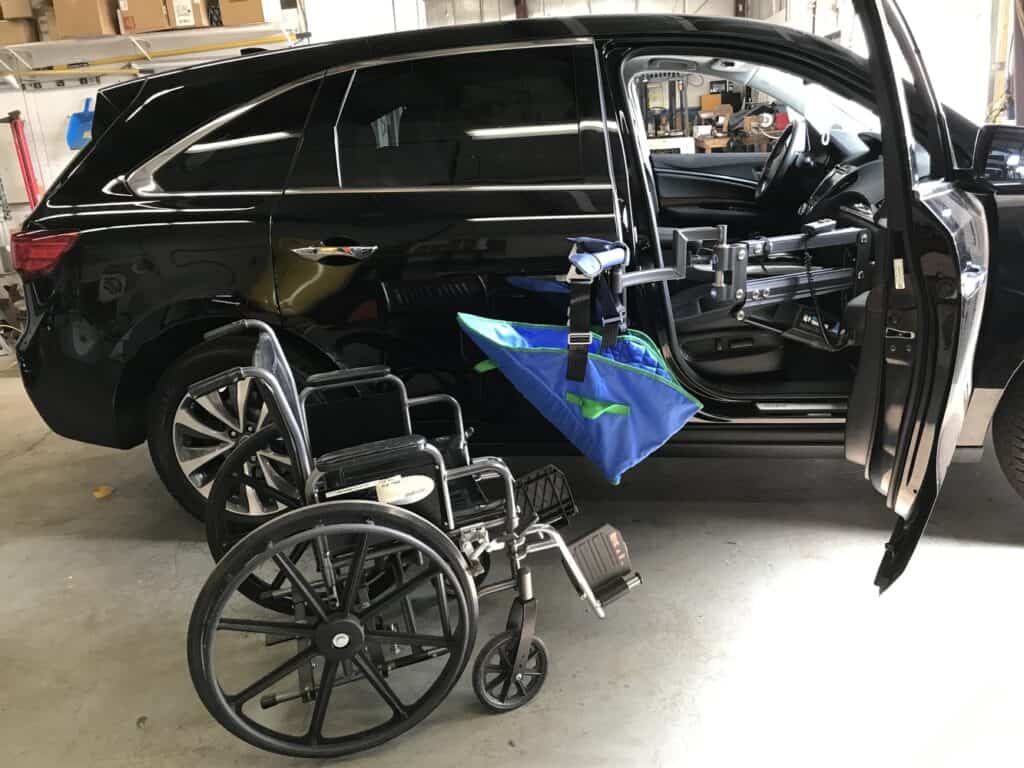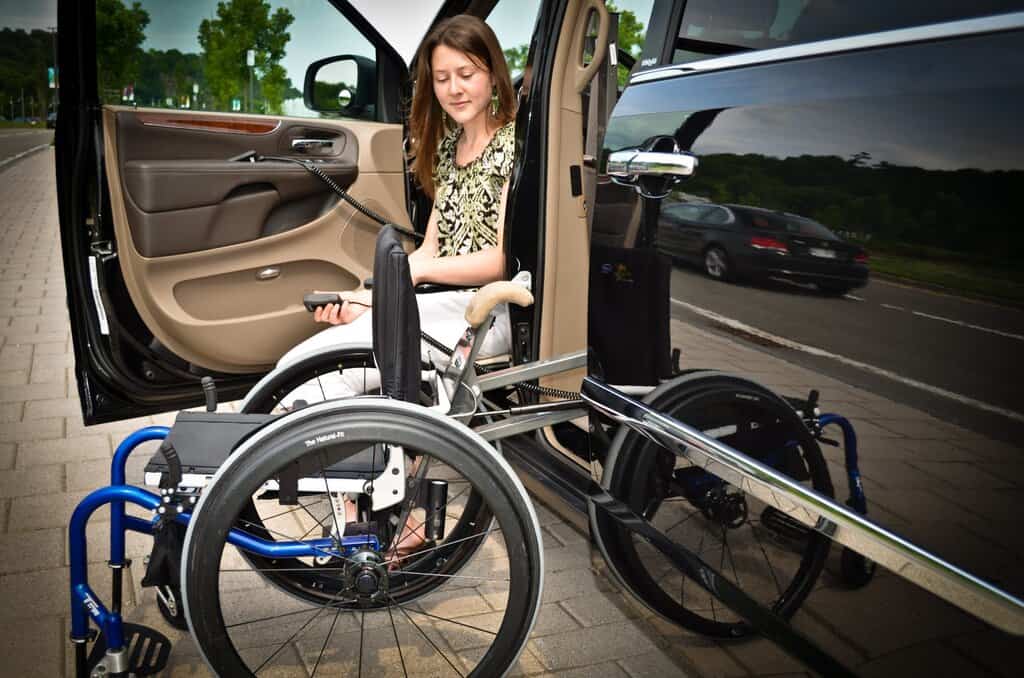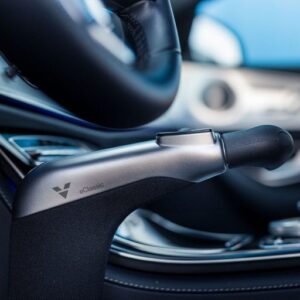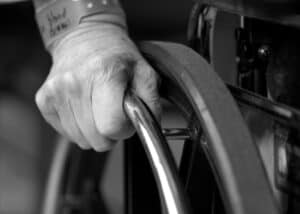Getting in and out of a vehicle can be challenging for people with mobility restrictions. Vehicle transfer seats provide individuals with an alternative to sitting in a wheelchair that is more comfortable and secure. Transfer seats also provide a safer and easier way to get in and out of a vehicle. They are an important device that can enhance one’s mobility.
This article is written by AMS Auto, your source for mobility solutions in the Chicagoland area.

What is a handicap vehicle transfer seat?
A handicap vehicle transfer seat is specially designed to help transfer people from their wheelchair, scooter or mobility device into a vehicle’s driver or front passenger seat. The purpose is to allow someone to be seated in a vehicle seat instead of their wheelchair. Installing a vehicle transfer seat also eliminates an unnecessary struggle when getting in and out of a vehicle.
Who can use a transfer seat?
Transfer seats are used by individuals with limited mobility, which can range from minor to severe. They are most commonly used by an individual who wants to have the ability to transfer into the driver seat rather than having to drive from their wheelchair. The transfer seat can also be used for the front passenger.
Transfer seats have a lifting capacity of up to 600 pounds, which makes them accessible to most people. However, some people who are taller or have longer legs might find the transfer seat difficult to use because there is not enough room to swivel.
Where are transfer seats used?
Transfer seats can be used in full-size wheelchair vans or wheelchair-accessible minivans, as well as cars, minivans, trucks and SUVs. The seating positions can be used for the driver or front passenger. Different companies offer seats for different vehicles, the most common transfer seating is designed for full-size wheelchair vans or wheelchair accessible vans. While transfer seats are available for cars, minivans, trucks and SUVs, they can be harder to find.
How does a transfer seat work?
A transfer seat has a similar appearance to a regular car seat but it has a different seat base than the one originally installed. It can be installed as a full-turning automotive seat or a transfer seat base into most vehicle types. The transfer seat base is motorized with controls that allow the passenger to adjust the seat back, forward, up and down and sideways. This also allows an individual to move easily into and out of the vehicle. The seat comes right out of the vehicle, which means that one does not need to climb in or out. Instead, the seat will gently lift the passenger and rotate them into position.
It is also possible to use the original factor seat alongside the transfer seat base. This allows individuals to benefit from the options that are included with the seat (e.g. tilting or lumbar support). It also means that the seat will match the rest of the interior.
What is the installation process?
The installation is usually fast. In most cases, transfer bases do not require an alteration of the factory seat and are made with heavy gauge frames, actuators, and controls that make them easy to use. Every company and manufacturer is different, so it is always best to check with them.
Types of seats: 6-way seat vs. 4-way seat
The 6-way seat and 4-way seat are basically the same but a 6-way seat has the ability to go up and down. The 6-way seat is generally more expensive but often considered the better choice because of the up and down monition. This motion allows an individual to position the seat lower than their wheelchair when transferring into the seat and higher than their wheelchair when they are transferring out of their seat.
Benefits to using a vehicle transfer seat
- Avoid daily struggle associated with getting in and out of a vehicle
- More comfortable
- Safe and easy transfers
- Work with cars, minivans, trucks and SUVs
- Provides an individual with more freedom





